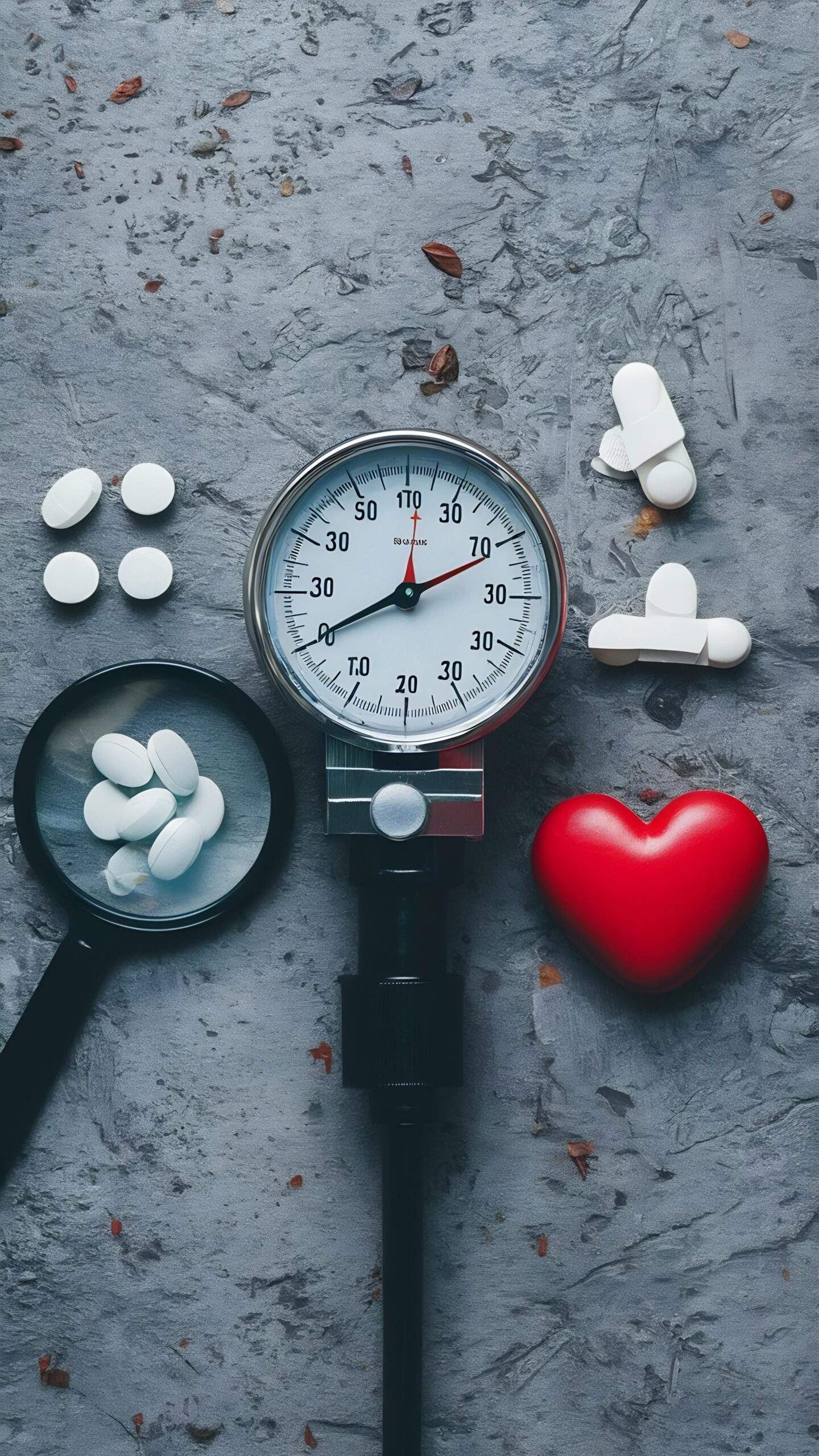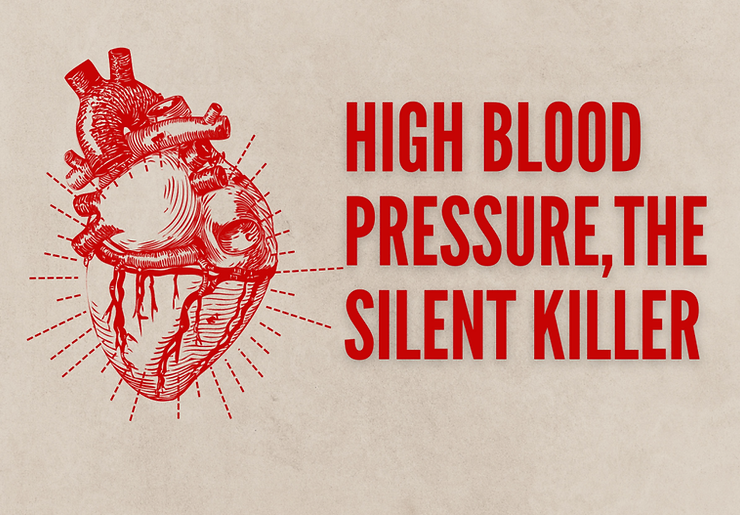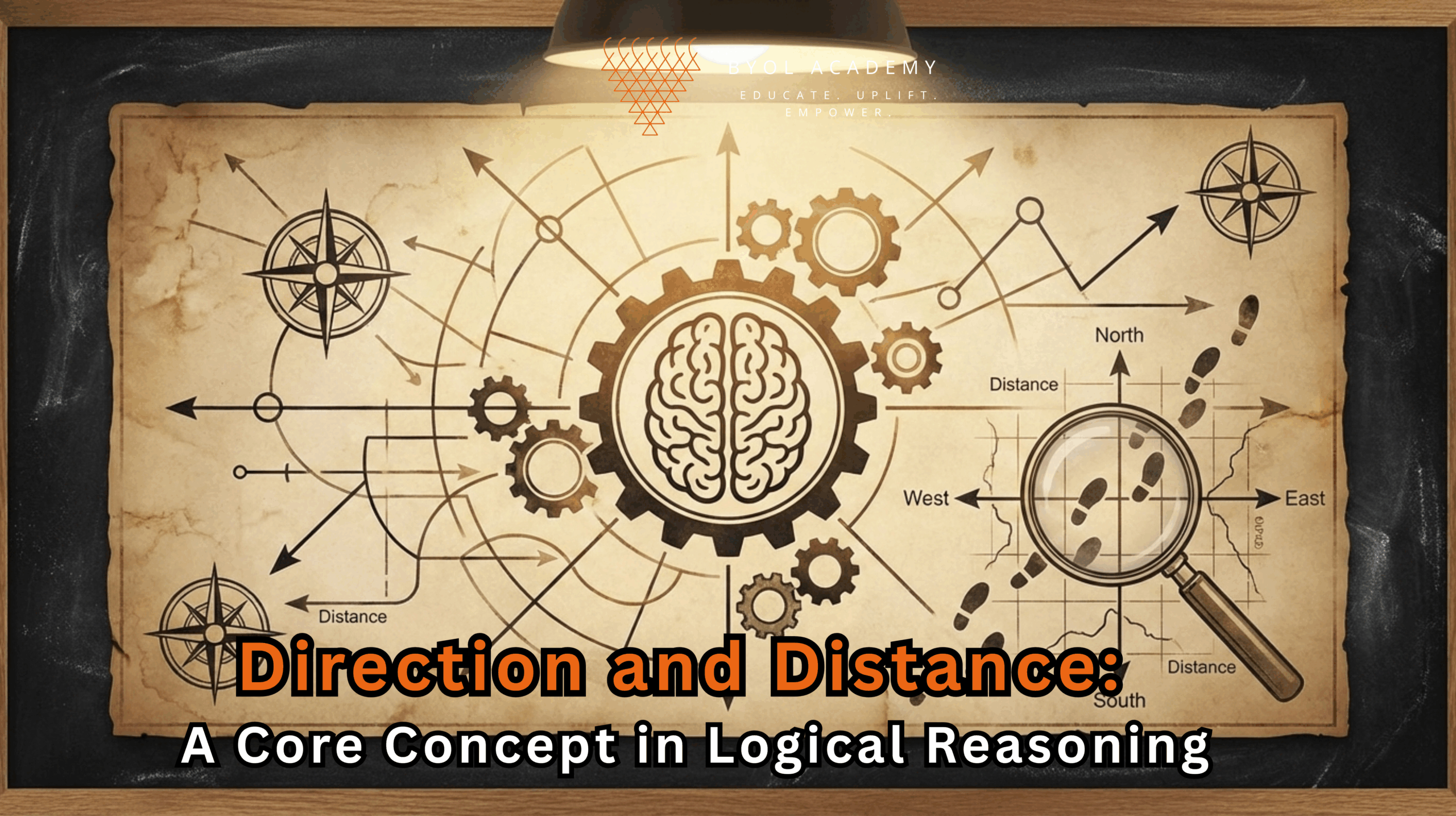Atrial fibrillation (AF) is the most common sustained cardiac arrhythmia, affecting an estimated 60 million individuals globally and substantially increasing […]
Hypertension: The Silent Killer


Introduction
Technological advent has resulted in a calamitous transition to a sedentary lifestyle. With prolonged sitting hours, and increased consumption of processed food, there is a global rise of obesity. This has changed the landscape of diseases from infectious to non-communicable.
Hypertension, or increased blood pressure, is a major concern worldwide. WHO data estimated 1.28 billion adults are afflicted with hypertension. Due to its prolonged asymptomatic course; nearly 46% of the adults are unaware of their condition. It predisposes individuals to several cardiovascular disorders, stroke, and renal failure; ultimately causing premature mortality. This is why Hypertension is often termed as the “silent killer.” India’s National Program for Prevention and Control of Cancer, Diabetes, Cardiovascular Diseases & Stroke (NPCDCS) aims to reduce the burden of hypertension by early detection, increased awareness, and modification in lifestyle. There is a nation global effort to improve access to treatment for Hypertension under the WHO’s Global HEARTS initiative and India’s Hypertension Control Initiative (IHCI).
Why does Hypertension occur?
Simply put, Blood Pressure is a product of the cardiac output and total peripheral resistance.
BP = C.O. X T.P.R
Cardiac output is defined as the amount of blood pumped by the heart in a minute. The total peripheral resistance is the resistance offered to the blood flow by the blood vessels. If either of these is elevated, it contributes to high blood pressure.
In a normal individual, blood pressure is intricately controlled by a complex between heart, kidney and neurohormonal pathways. Hypertension occurs when this balance is disturbed by physiological or pathological mechanisms. Sodium, being the most abundant extracellular ion, plays a key role in the causation of hypertension.
- Renin Angiotensin Aldosterone System (RAAS): It plays a significant role in maintaining blood pressure.
- Increased Renin results in the production of Angiotensin II. It is a powerful vasoconstrictor. This raises the peripheral resistance and the blood pressure. It also raises aldosterone levels.
- Aldosterone reabsorbs sodium from the kidney. Sodium makes the environment hyperosmolar. The fluid moves into the blood vessels from the cells due to osmosis, thereby increasing the intravascular volume and cardiac output.
- Hyperactive Sympathetic Nervous System(SNS):
- SNS helps in maintaining BP by increasing the vascular tone and controlling the heart rate. In Hypertension, due to chronic overactivity of the SNS, there is persistent raised BP.
- Baroreceptors are specialized sensors that maintain blood pressure by signalling the changes to the brain. However, due to desensitization of these receptors, the body loses its ability to counter high blood pressure.
- Impaired sodium excretion:
- Certain genetic mutations in genes like ENaC, WNK1, and WNK4 can impair the kidney’s sodium handling capacity. This results in increased sodium retention raised blood volume and BP.
Overactivity of the SNS and the Dysregulated RAAS system generates a self-reinforcing cycle of vasoconstriction and fluid retention, and results in the chronic debilitating condition of Hypertension, necessitating long-term management.
Will I get Hypertension?
It depends upon the presence or absence of risk factors which can be modifiable or non-modifiable. Non-modifiable risk factors are the inherent characteristic of an individual and the likelihood of developing hypertension can not be altered. There is a strong hereditary component for this condition. Mutation in RAAS-related genes can affect angiotensin production. If the genes influencing sodium transport (WNK1, WNK4, SCNN1B) are affected then there can be increased blood volume and BP. Apart from this, Age (above 50), Sex (male, post-menopausal female), and Ethnicity (South Asians and Africans have increased salt sensitivity) are among the common non-modifiable risk factors.
Our health is influenced by our choices. Poor lifestyle choices can put us at risk for hypertension. Increased consumption of processed food with a high sodium content can result in Hypertension. A diet low in potassium due to inadequate fruit and vegetable intake, and increased consumption of refined carbs and sugar can make us vulnerable. Central obesity and prolonged physical inactivity can increase vascular resistance and contribute to raised blood pressure. Poor sleep and chronic stress also disrupt the normal control checks for blood pressure
Diagnosis of Hypertension
The diagnosis of hypertension is based on the measurements of the blood pressure. American college of cardiology suggests normal blood pressure as 120/80 mmHg. It is said to be elevated if it is 120-129/ <80 mmHg. Hypertension stage 1 implies a blood pressure recording of 130-139/80-89 mmHg. A Blood Pressure of ≥ 140/≥90 mm Hg is termed as stage 2 hypertension.
The diagnosis of hypertension is made if the blood pressure recordings are elevated in at least two separate visits which can be over a period of 1 month (2-4 weeks).At every visit, two readings must be taken. A person can confirm the diagnosis of hypertension at home by recording his/her BP twice daily (morning & evening) for at least 3 to 7 days. The first day’s recordings are discarded, and an average of the remaining days is taken. The diagnosis is confirmed at home if the blood pressure is ≥135/85 mmHg.
Treatment for Hypertension
Management of Hypertension includes curtailing the predisposing modifiable risk factors. This implies improving lifestyle choices. A Dietary Approach to Stop Hypertension (DASH) diet is recommended. This diet has more fruits, vegetables and low-fat dairy, with reduced sodium. Patients are recommended to decrease their consumption units of salt. WHO recommends limiting salt intake to <5g/day to reduce the hypertension. A regular physical exercise of at least 150 min per week (30 minutes daily for 5 days) is suggested. Initiatives to curb stress and control weight go a long way in managing elevated blood pressure.
If the blood pressure is ≥140/90mmHg, medications have to be prescribed. The cutoff decreases to 130-139/80-89 mmHg if the patient has cardiovascular diseases, diabetes, and chronic kidney disease. Drugs include ACE inhibitors (enalapril), angiotensin II receptor blockers (losartan), beta-blockers (metoprolol), diuretics (hydrochlorothiazide), calcium channel blockers (amlodipine). The treatment is decided based on the age of the patient. A doctor must be consulted before starting any drug for hypertension.
Hypertension is a worldwide health concern. Simple lifestyle modifications, early diagnosis, and treatment compliance can all help to lower problems. The goal of national and international initiatives is to increase access to care and raise awareness of the need of taking preventative action before risk factors appear. Cutting back on salt in the diet is essential to keeping blood pressure within normal ranges. The solution to lessening the global burden of NCDs is to address hypertension.
References:
- Whelton, P, Carey, R, Aronow, W. et al. 2017 ACC/AHA/AAPA/ABC/ACPM/AGS/APhA/ASH/ASPC/NMA/PCNA Guideline for the Prevention, Detection, Evaluation, and Management of High Blood Pressure in Adults: A Report of the American College of Cardiology/American Heart Association Task Force on Clinical Practice Guidelines. JACC. 2018 May, 71 (19) e127–e248.https://doi.org/10.1016/j.jacc.2017.11.006
- World Health Organization. (2023). Hypertension fact sheet. https://www.who.int/news-room/fact-sheets/detail/hypertension
- American Heart Association. (2023). Know your risk factors for high blood pressure. https://www.heart.org/en/health-topics/high-blood-pressure/know-your-risk-factors-for-high-blood-pressure
- National Institute for Health and Care Excellence (NICE). Hypertension in adults: diagnosis and management (NICE Guideline NG136). 2019. Available from: https://www.nice.org.uk/guidance/ng136


